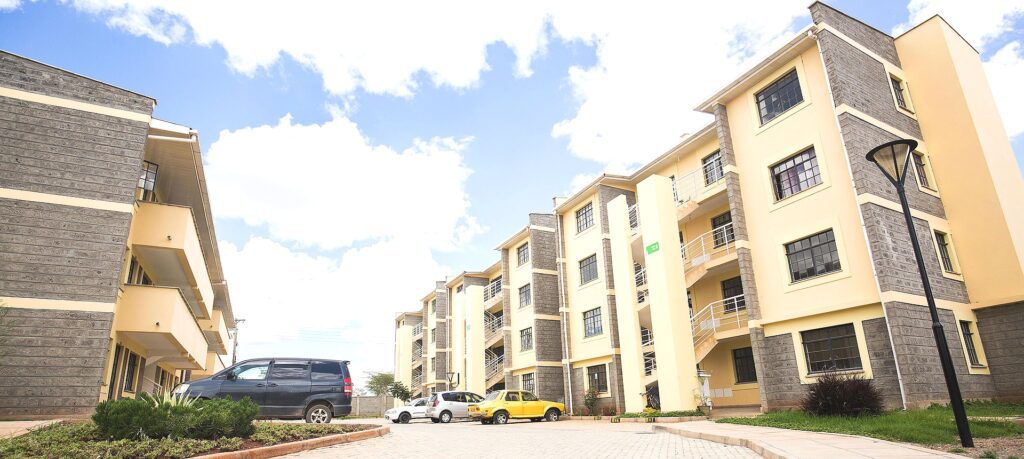
Monday, 11th August 2025

By inAfrika Reporter
Home loans only scale when banks can borrow long-term themselves. That is the gap Tanzania Mortgage Refinance Company (TMRC) was set up to fill: a wholesale lender that gives banks longer-dated money so they can offer mortgages with sensible maturities and rates. The model is proven. TMRC was created under a World Bank-backed housing finance program to provide medium- to long-term liquidity to mortgage lenders. It does not take deposits or lend to individuals; it refinances banks’ mortgage portfolios—calm, behind-the-scenes work that makes retail housing finance possible.
You can see the results in the market data. As of 31 March 2025, Tanzania’s residential mortgage market stood at around TZS 683.03 billion, up from TZS 659.30 billion at end-2024—modest growth, but in the right direction. The World Bank notes that the housing finance project and TMRC’s role helped increase the number of mortgage-offering institutions and stretch loan maturities compared to a decade ago. There is still a long way to go, but the path is clear: more lenders, longer terms, better underwriting, and lower rates as funding deepens.
TMRC’s funding story is also changing. Early on, it blended World Bank IDA lines (on-lent via the Bank of Tanzania) with its own capital. As the market matured, TMRC began tapping the capital markets, launching a TZS 120 billion medium-term notes program in 2018 and listing tranches on the Dar es Salaam Stock Exchange. Subsequent tranches in 2019 and 2023 drew solid local participation and, at times, oversubscription, showing that domestic investors will fund housing finance when the instrument is simple and the issuer is steady. That market access is what will let TMRC keep refinancing banks without leaning on concessional lines forever.
What does this mean for a Tanzanian family or a developer? For households with stable income, it means more banks can offer mortgages with longer tenors and clearer terms; for banks, it means they can manage interest-rate and liquidity risk better because their own funding lasts longer. For developers, a deeper mortgage market grows the pool of end buyers, improving off-take and making project financing less risky. It’s a quiet flywheel.
The next steps are practical and customer-focused. First, keep growing the bond program so refinancing capacity matches demand when rates ease. Second, work with lenders to standardize mortgage documents and disclose total costs in plain language—fees and rates explained like a phone bill. Third, expand training for member banks on responsible origination and arrears management, so portfolio quality stays strong even as volumes rise. TMRC already collaborates with research and policy partners to improve data; pushing that data into the public domain—loan counts, average tenors, rates by band—will help buyers and bankers make better choices.
It’s worth repeating: housing finance is not about shiny launches. It’s about predictable funding in the background and simple offers at the front. TMRC exists to keep that background steady. As long as it continues to raise term money, refinance banks at scale, and share clean market data, the mortgage market will keep inching from small and fragile toward bigger and dependable—one household at a time


